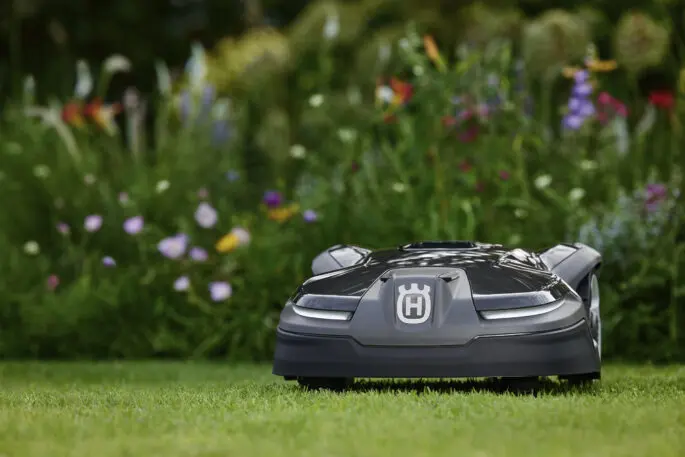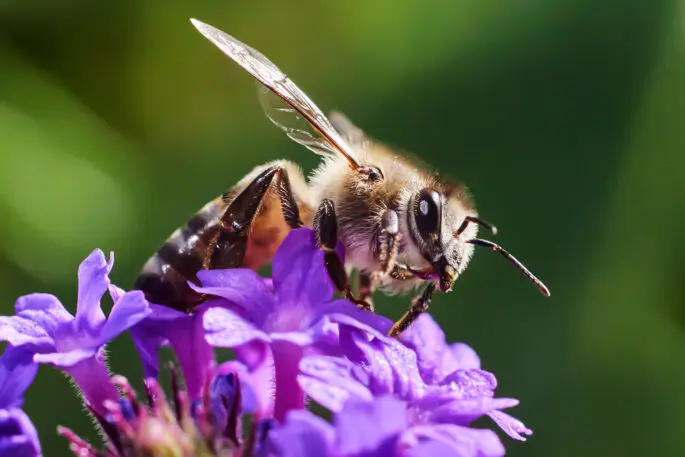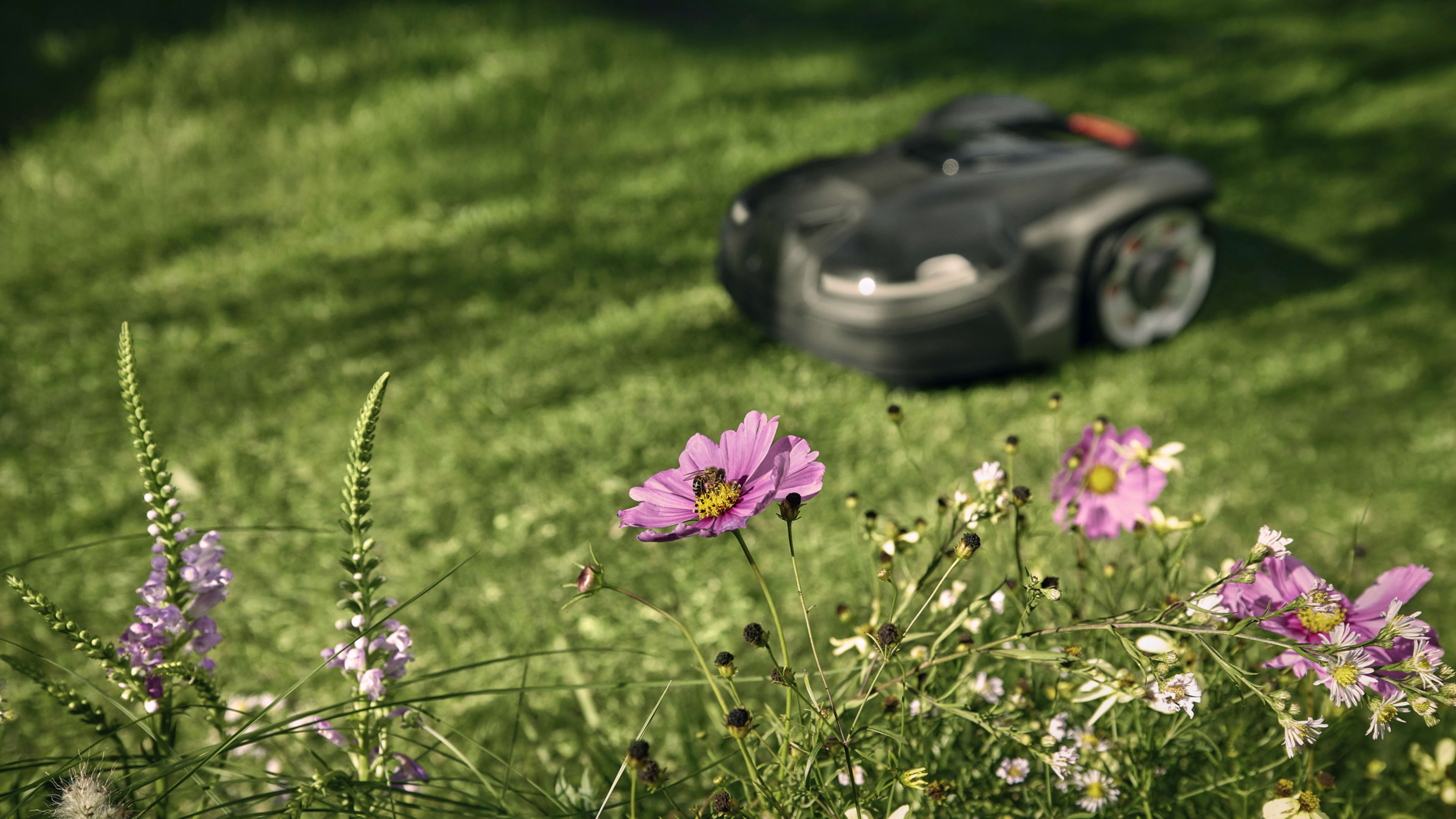A robotic lawnmower from Swedish company Husqvarna uses GPS to map your lawn—and it’s using that data to suggest that you stop mowing part of it. Called “rewilding mode,” it’s intended to help rebuild a more natural meadow in a section of your yard.
“You go into the app and it says, ‘Here’s an area that you could set aside,’” says Patrik Jägenstedt, director of advanced development for the robotics and AI lab at Husqvarna. The app automatically chooses 10% of the lawn to leave unmown, though homeowners can adjust the placement or make the area larger.
In Europe, if everyone with a backyard set aside 10% of it, that would add up to more than 600,000 acres, or four times the size of the continent’s largest nature reserve. The idea is a more permanent version of No Mow May, a concept that started in the U.K. and recommends that people don’t mow their lawns for a month in the spring. In theory, this lets flowers bloom and provide food for pollinators.

Husqvarna wants to shift the idea of what a “perfect” lawn looks like. (It already helps the environment in other ways, including via the fact that its robotic mower runs on electricity and is nearly silent.) A growing number of homeowners are thinking differently, Jägenstedt says, noting, “I think the topic of biodiversity and especially the topic of pollinating insects is really becoming much more on everybody’s minds.”

The catch: Wildflowers might not appear if you just stop mowing your grass. In the U.K., an older lawn might have more existing diversity, with a variety of flowers like trefoils and oxeye daisies, “and by simply stopping mowing these species will be allowed to flourish,” says Sarah Shuttleworth, senior ecological adviser at Plantlife, a U.K. nonprofit that restores wildflower meadows and promotes the idea of No Mow May. But in a more recently planted lawn, or a typical lawn in the U.S., you’re more likely to see just dandelions and clover spring up.
In the U.S., both dandelions and clover are nonnative species. Some “generalist” bees can feed on the flowers. But out of the 4,000 species of bees that are native to the U.S., as many as 1,400 “can only reproduce in the pollen of particular native plants,” says Douglas Tallamy, a professor of entomology and wildlife ecology at the University of Delaware who wrote a book about how to transform your lawn for conservation.
“If you only plant nonnative flowers for generalists, you’ve eliminated a third of our North American bees.” One species of mining bee, for example, feeds only on a tiny pink woodland wildflower called spring beauty. Other pollinators rely on specific plants as well, like the endangered Karner blue butterfly, which needs a flower called wild blue lupine to survive.

Hundreds of native bee species are declining in the U.S., and more than 70 pollinators are officially listed as endangered or threatened. To help, Tallamy suggests going a step further than a “no-mow” zone; one idea is to fully replace grass with a pocket prairie or flowering woodland plants.
“Adding plants to your yard that actually benefit pollinators is the way to go,” he says. “Simply not mowing is not going to do it.” While Husqvarna’s site says that an unmown lawn can still help, it also recommends other steps, including planting wildflower meadow turf and eliminating chemical pesticides and fertilizers.
Recognize your brand’s excellence by applying to this year’s Brands That Matter Awards before the early-rate deadline, May 3.
